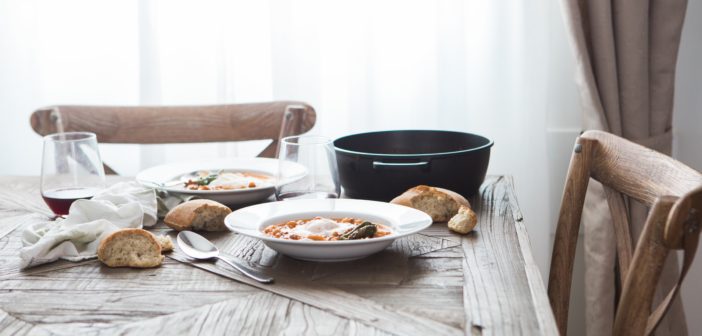By
Leslie Eckford
When you are elderly and choosing to stay in your home, the house or apartment that you live in is a crucial part of your success in that venture. What parts of your house are just right for aging in place? Usually not very much, requiring a great deal of remodeling and reconfiguring to make the home accessible for the changes that occur due to medical conditions and changes in ability that come with age. For many in this situation, the most practical and cost effective way to do this is in pieces. Most start with the bathroom, adding grab bars, raised toilet seats and a shower chair. Maybe the next year, if a wheelchair enters the picture, a ramp is built for the entryway. But we all know the daily frustration of navigating a wheelchair in too narrow hallways or too high thresholds that make every day an adventure. And, those split level homes designed decades ago? They can be a giant puzzle that is sometimes simply unsolvable when the bedroom is on one level and the shower is on another, way out of reach.
The good news is that many home buyers, currently and of the future will not have to solve these problems. Their homes will be universally designed. This term means that the design and structure of the home is made for people of all levels of ability to live in. From young people getting started in their lives including those with mobility challenges and disability, to those with young children with strollers, to older people facing changing abilities, the home will allow free movement and access.
I enjoyed reading about this in the excellent NPR series Aging At Home. Click on this link to a feature story Building Homes to Age In, which provides an interactive floor plan and photos for you to explore in an actual universally designed home. Not only are there many helpful and clever design elements for free movement and access on view, but the home is beautiful! The only option that didn’t make a lot of sense to me is the faucet over the stove. Yes, if one has arthritis and want to boil some water for pasta, it would be a great help not to have to lug the heavy pot of water from the sink to the stove. But, what about after the pasta is cooked? You still have that big pot of water to deal with. If you have the answer to this (maybe you know first hand how difficult this scenario is) please let me know!
Rather than hobbling together a home with accessible features one piece at a time, these homes are ready for any stage of life. They are appealing to all people who like to plan ahead and maintain choice and control in the final chapter of their life.




